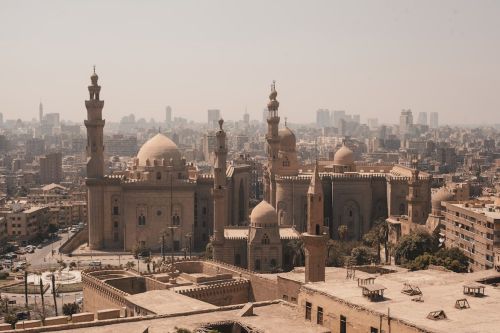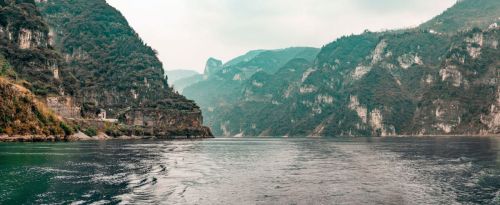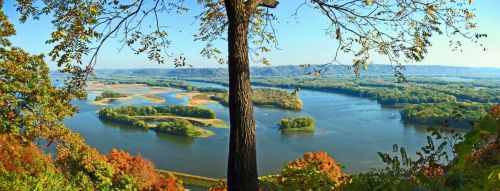Thanks to its annual floods, the Nile became the lifeblood of many Egyptian peoples long before the rise of ancient Egypt. For a long time, people have been searching for the source of the Nile, with the first attempts in the first century BC. It was not until the 19th century that it was found thanks to European explorers.
It begins in the suburbs of Cairo, about 175 km (109 mi) south of the Mediterranean coastline. At Cairo, the Nile splits into two arms:
Like the Red Nile, Wadi Howar (Yellow Nile) is fed by rainfall and is now an episodic Nile tributary.
Between 8000 BC and 1000 BC, it fed the Nile continuously with waters from the Ouaddaï highlands located in Chad. It was a vital settlement site between central Africa and the Nile Valley and was one of the major tributaries of the Nile from the Sahara area, which was then a grassland.













